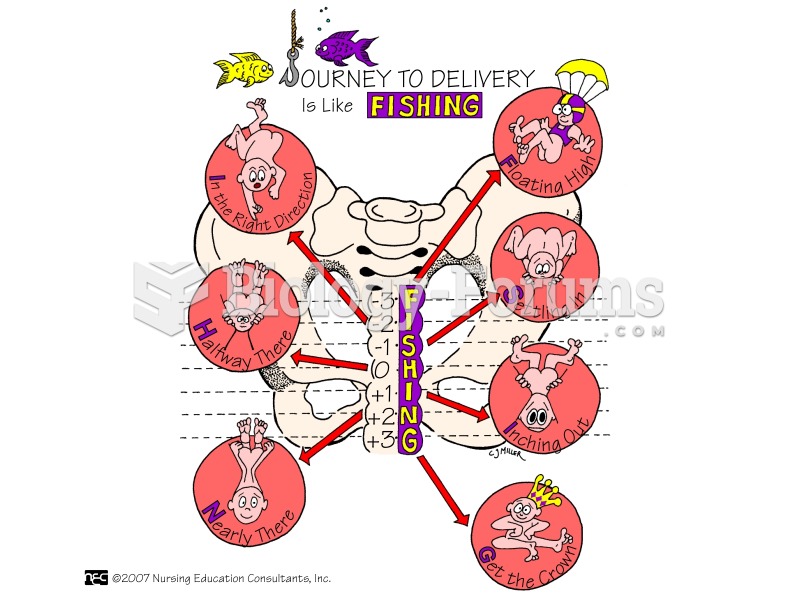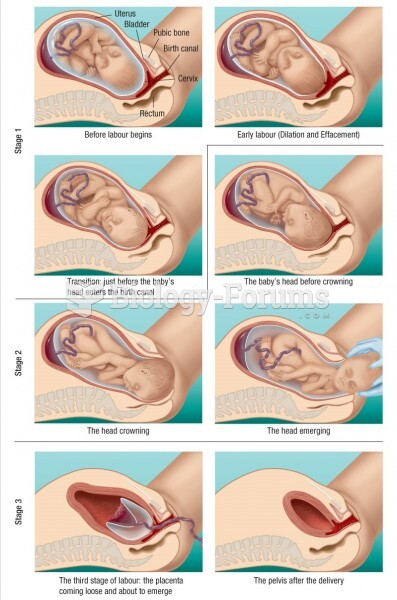Answer to Question 1
According to the American College of Obstetrics and Gynecology, couples are encouraged to wait for 6 weeks before resuming intercourse (2006). This waiting period allows for episiotomies and vaginal tears time to heal, and it also allows time for the cervix to close and regain its barrier to infection. All women have a vaginal discharge-called lochia-that lasts for nearly 6 weeks. A general rule of thumb is to wait to resume sexual intercourse after the initial postpartum checkup; at this point, couples can also discuss birth control options available to them. Nevertheless, most couples resume sexual activity when they feel comfortable doing so. A recent study indicates that most couples resume sexual activity within 6 weeks of delivery, although women may not experience an orgasm until about 3 months after delivery (Connolly et al., 2005). As one body of research confirmed, if both partners enjoy a rich sex life throughout pregnancy, they tend to evaluate their levels of tenderness and communication higher in the first 6 months following delivery (von Sydow, 1999).
Generally, couples' sex lives will undergo change after they become parents. In particular, sexual desire appears to be lower for mothers than it is for fathers in about the first year following birth (Ahlborg, Dahlof, & Strandmark, 2000; Ahlborg, Lars-Gosta, & Hallberg, 2005). Aside from lower sexual desire, there are also physical changes in the experiences of sex after childbirth. In a study that examined 480 postpartum women, the researchers found among the new mothers that over 50 percent experienced pain during first intercourse following delivery; this pain continued somewhat for 6 months (Barrett et al., 2000).
These changes, in turn, cause stress and tension between the couple, and compounds the transition to assuming the new roles of parents. If new parents are able to communicate openly about their sexual desires and the stressors associated with becoming parents, and if they confirm each other emotionally and sexually, couples experience better adjustment-and have more sex (Ahlborg, Dahlof, & Strandmark, 2000; Ahlborg, Lars-Gosta, & Hallberg, 2005). Indeed, a recent study of 820 postpartum couples found that, by the time the babies were about 6 months old, most of the parents indicated that they were very happy in their relationships (Ahlborg, Lars- Gosta, & Hallberg, 2005). Factors contributing to their relationship happiness were a strong social support network and having someone to provide relief so the couple could spend some time away from the baby. Among those who indicated that they were unhappy, factors included economic problems, having a partner who was away from home too much (which lead to less closeness), and frustration with the partner's lack of help or sharing responsibility.
Answer to Question 2
FALSE







